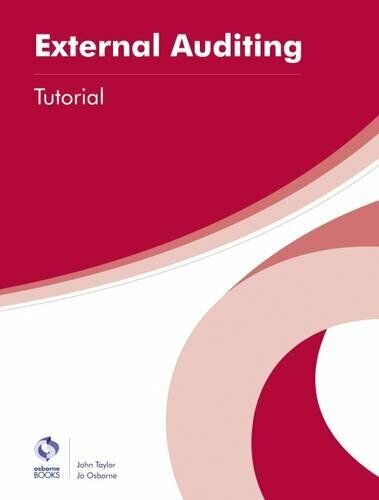Question
In the late 1400s, a wealthy land owner named Caster was trying to decide which of his twin sons, Rogan or Argon, to designate as
In the late 1400s, a wealthy land owner named Caster was trying to decide which of his twin sons, Rogan or Argon, to designate as the first heir to the family fortune. He decided to set up each son with a small farm consisting of 300 sheep and 20 acres of land. Each twin would be allowed to manage his property as he deemed appropriate. After a designated period, Caster would call his sons before him to account for their actions. The heir to the family fortune would be chosen on the basis of which son had produced a larger increase in wealth during the test period. On the appointed day of reckoning, Argon boasted that he had 714 sheep under his control while Rogan had only 330. Furthermore, Argon stated that he had increased his land holdings to 27 acres. The seven-acre increase resulted from two transactions: first, on the day the contest started, Argon used 20 sheep to buy 10 additional acres: and second, he sold three of these acres for a total of 9 sheep on the day of reckoning. Also, Argons flock had produced 75 newborn sheep during the period of accounting. He had been able to give his friends 50 sheep in return for the help that they had given him in building a fence, thereby increasing not only his own wealth but the wealth of his neighbors as well. Argon boasted that the fence was strong and would keep his herd safe from predatory creatures for five years (assume the fence had been used for one year during the contest period). Rogan countered that Argon was holding 400 sheep that belonged to another herder. Argon had borrowed these sheep on the day that the contest had started. Furthermore, Argon had agreed to return 424 sheep to the herder. The 24 additional sheep represented consideration for the use of the herders flock. Argon had agreed to return the sheep immediately after the day of reckoning. During the test period, Rogans flock had produced 37 newborn sheep, but 2 sheep had gotten sick and died during the accounting period. Rogan had also lost 5 sheep to predatory creatures. He had no fence, and some of his sheep strayed from the herd, thereby exposing themselves to danger. Knowing that he was falling behind, Rogan and taken a wife in order to boost his productivity. His wife owned 170 sheep on the day they were married; her sheep had produced 16 newborn sheep since the date of her marriage to Rogan. Argon had not included the wifes sheep in his count of Rogans heard. If his wifes sheep had been counted, Rogans heard would contain 516 instead of 330 sheep suggested by Argons count. Argon charged that seven of Rogans sheep were sick with symptoms similar to those exhibited by the two sheep that were now dead. Rogan interjected that he should not be held accountable for acts of nature such as illness. Furthermore, he contended that by isolating the sick sheep from the remainder of the herd, he had demonstrated prudent management practices that supported his case to be designated first heir. Required: a. Prepare an income statement, balance sheet, statement of sheep flow (cash flow) for each twin, using contemporary accounting standards. Note that you have to decide whether to include the sheep owned by Rogans wife when making his financial statements (what is the accounting entity?). (Hint: Use the number of sheep rather than the number of dollars as the common unit of measure.) b. Refer to the statements you prepared to answer the following questions:
1) Which twin has more owners equity at the end of the accounting period? Which twin produced the higher net income during the accounting period? Which son should be designed heir based on conventional accounting and reporting standards?
2) What is the difference in the value of the land of the twins if the land is valued at market value (that is, three sheep per acre) rather than historical cost (that is, two sheep per acre)?
3) Did Argons decision to borrow sheep increase his profitability? Support your answer with appropriate financial data.
4) Was Argons decision to build a fence financially prudent? Support your answer with appropriate financial data.
5) Assuming that the loan resulted in a financial benefit to Argon, identify some reasons that the shepherd who owned the sheep may have been willing to loan them to Argon.
6) Which twin is likely to take risks to improve profitability? What would be the financial condition of each twin if one-half of the sheep in both flocks died as a result of illness? How should such risk factors be reported in financial statements?
7) Should Rogans decision to marry for sheep be considered from an ethical perspective, or should the decision be made solely on the basis of the bottom-line net income figure?
c. Prepare a report that recommends which twin should be designated heir to the family business based on your analysis which includes at least five statements of support (drawn from the above analysis). Include a set of financial statements. Since this is a managerial report that will not be distributed to the public, you are not bound by generally accepted accounting principles.
Step by Step Solution
There are 3 Steps involved in it
Step: 1

Get Instant Access to Expert-Tailored Solutions
See step-by-step solutions with expert insights and AI powered tools for academic success
Step: 2

Step: 3

Ace Your Homework with AI
Get the answers you need in no time with our AI-driven, step-by-step assistance
Get Started


